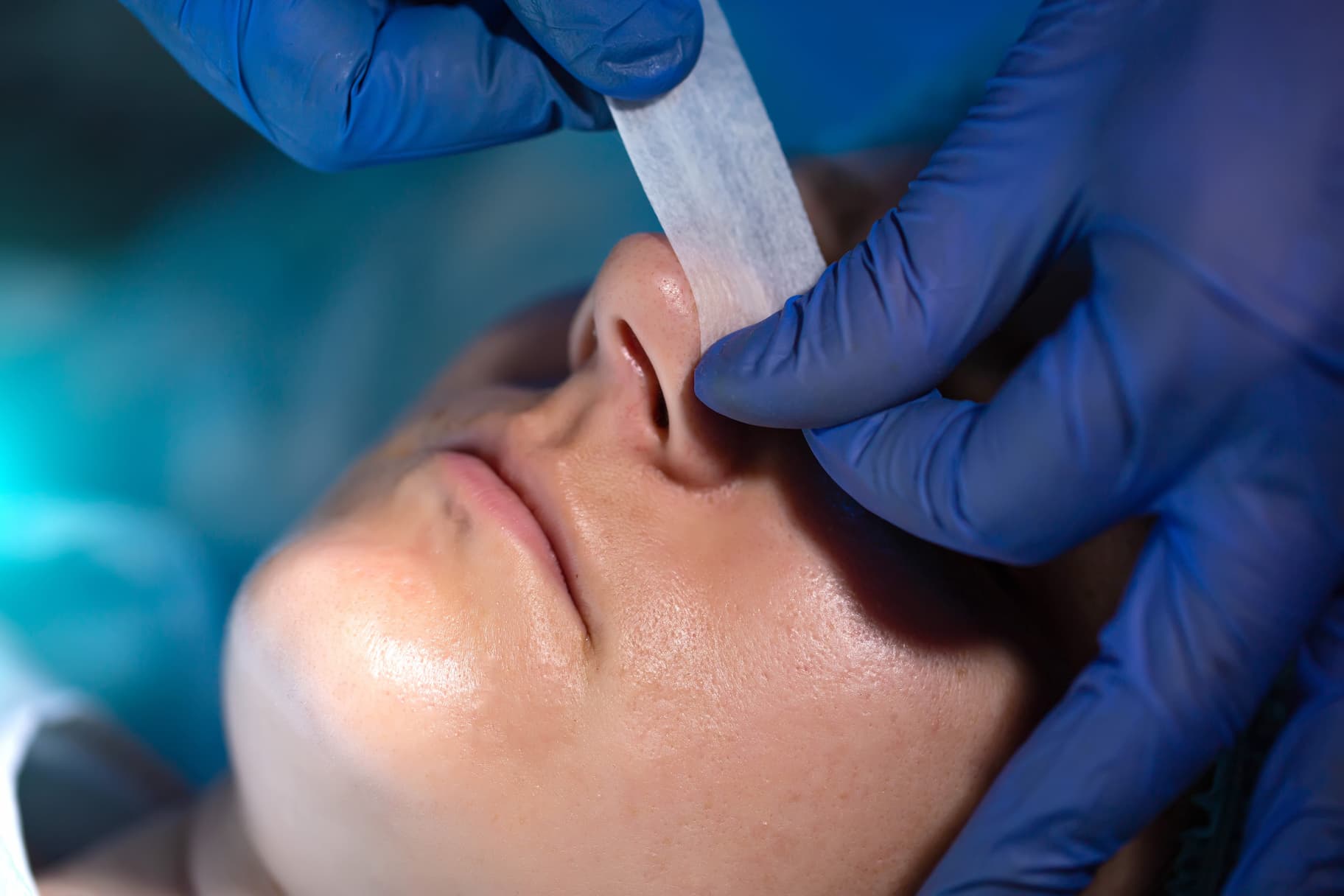
Undergoing a Septoplasty
Septoplasty is a surgical procedure that aims to correct a deviated septum. The septum is the thin wall of bone and cartilage that separates the two nostrils. When the septum is crooked or displaced, it can cause a range of symptoms, including difficulty breathing through the nose, snoring, chronic sinus infections, and headaches. In this article, we will discuss what to expect when undergoing a septoplasty.
What Is Septoplasty?
Septoplasty is a surgical procedure that aims to correct a deviated septum. The septum is the thin wall of bone and cartilage that separates the two nostrils. When the septum is crooked or displaced, it can cause a range of symptoms, including difficulty breathing through the nose, snoring, chronic sinus infections, and headaches.
During the procedure, the surgeon will make an incision inside the nostril to access the septum. They will then remove any excess bone or cartilage that is causing the blockage and straighten the remaining septum. Once this is complete, the incision will be closed with dissolvable stitches or sutures.
Septoplasty is typically performed on an outpatient basis, meaning the patient can go home the same day. The procedure itself usually takes about one to two hours and is performed under general anesthesia. Recovery time varies depending on the individual, but most people can return to work or school within a week or two. It is important to follow your doctor’s instructions carefully during the recovery period to ensure a smooth and speedy recovery.

What Not to Do Before Septoplasty?
Before undergoing septoplasty, there are several things you should avoid doing to minimize the risk of complications. These include:
Smoking: Smoking can interfere with the healing process and increase the risk of complications such as infection and bleeding. It is recommended that you quit smoking at least two weeks before the procedure.
Certain Medications: Some medications, such as blood thinners, can increase the risk of bleeding during the surgery. It is important to discuss any medications you are taking with your doctor prior to the procedure.
Alcohol: Alcohol can also increase the risk of bleeding during the procedure. It is recommended that you avoid alcohol for at least 24 hours before the surgery.
Eating or Drinking: You will likely be asked to avoid eating or drinking anything for a certain period of time before the surgery to prevent complications during the procedure.
Preparing for the Procedure
Before your septoplasty, your doctor will give you specific instructions to follow to prepare for the procedure. You will likely be asked to stop taking certain medications, such as blood thinners, and to avoid eating or drinking anything for a certain period of time before the surgery. You will also need to arrange for someone to drive you home after the procedure, as you will not be able to drive yourself.
In addition, you should make sure to discuss any concerns or questions you have with your doctor prior to the procedure. This is also a good time to discuss any allergies you may have or any previous surgeries you have undergone.
During the Septoplasty Procedure
A septoplasty is typically performed on an outpatient basis, meaning you will be able to go home the same day. The procedure itself usually takes about one to two hours and is performed under general anesthesia. During the procedure, your surgeon will make an incision inside your nostril to access the septum. They will then remove any excess bone or cartilage that is causing the blockage and straighten the remaining septum. Once this is complete, the incision will be closed with dissolvable stitches or sutures.
What to Expect Immediately After Septoplasty?
Immediately following the procedure, you will likely experience some discomfort and swelling in the nose area. You may also experience some bleeding, which is normal and should subside within a few days. Your doctor will provide you with specific instructions on how to manage these symptoms and how to care for your nose after the procedure.
You will need to take some time off work or school to allow your body to recover. Your doctor will provide you with specific guidelines on when it is safe to resume normal activities. It is important to follow these guidelines carefully to ensure a smooth and speedy recovery.
After the Septoplasty Procedure
Following your septoplasty, you will likely experience some discomfort and swelling in the nose area. You may also experience some bleeding, which is normal and should subside within a few days. Your doctor will provide you with specific instructions on how to manage these symptoms and how to care for your nose after the procedure. You will also need to take some time off work or school to allow your body to recover. Your doctor will provide you with specific guidelines on when it is safe to resume normal activities. It is important to follow these guidelines carefully to ensure a smooth and speedy recovery.
The Study of Undergoing A Septoplasty
A comprehensive study published in the Journal of Otolaryngology-Head and Neck Surgery evaluated the outcomes and recovery experiences of 200 patients who underwent septoplasty procedures in various medical facilities across the United States over a two-year period. The study found that while septoplasty recovery is typically associated with discomfort, the patients did not report significant pain. Most patients experienced only mild discomfort and pressure in the nose area, and the use of prescribed pain medication was effective in managing these symptoms. This study’s findings provide valuable insights into the pain and discomfort levels experienced by patients during septoplasty recovery, contributing to a more informed understanding of the procedure for potential patients.
How Painful is Septoplasty Recovery?
Septoplasty recovery can be uncomfortable, but most patients do not experience significant pain. You may experience some discomfort and pressure in the nose area, and you may need to take pain medication as prescribed by your doctor. It is important to rest and avoid strenuous activity during the recovery period to allow your body to heal properly.
How Much Bed Rest After Septoplasty?
After septoplasty, it is recommended that you rest for the first few days to allow your body to recover. You may need to take several days off work or school to rest at home. Your doctor will provide you with specific guidelines on when it is safe to resume normal activities, including exercise and other strenuous activities.
It is important to avoid blowing your nose or sneezing forcefully during the recovery period, as this can disrupt the healing process and increase the risk of bleeding. You should also avoid wearing glasses or anything that puts pressure on the nose area for at least four to six weeks following the procedure.
Conclusion
Undergoing a septoplasty can provide relief from a range of symptoms related to a deviated septum. However, it is important to understand what to expect before, during, and after the procedure. By following your doctor’s instructions carefully and understanding the potential risks and complications, you can ensure a successful outcome and a speedy recovery. If you have any concerns or questions about the procedure, be sure to discuss them with your doctor prior to the surgery.



